Changing tires and wheels is not fun: it is a long process and requires physical labor. Not only can tires weigh a lot, but ensuring the lug nuts are as tight as possible is also crucial.
It sounds like a simple process in theory: lift up the vehicle, loosen the lug nuts, and mount the new tire. However, in practice, it takes a lot more. But how long does it take to actually change a tire? Let's take a closer look.
Sadly, many of us have experienced a popped tire before. The worst thing is that it always happens when you are in a hurry. Often, we don't have time to wait for assistance on the side of the road. However, if you have the equipment necessary, you can easily replace the damaged tire.
But, how long does a tire change take when you are alone?
Depending on the situation, the model's weight, and the new tires you wish to mount, it will take about 15 to 30 minutes to change a flat tire on your own. That is if you know the steps you need to take to do so.
You will need the following tools to change a tire, so keep them in your car for emergencies:
Having a pair of work gloves, a reflective warning sign (emergency triangle), and a flashlight can also come in handy.
If changing a tire and wheel takes 15 to 30 minutes, how long does it take to change four tires? The answer will change whether you are replacing them on your own or if you take the vehicle to a professional.
Shops that specialize in dealing with tires on a daily basis will provide you with quick service. Changing four tires on your car will not take longer than an hour. Generally speaking, to replace a tire set a tire shop till need 45 minutes to an hour.
Doing this process on your own will take longer.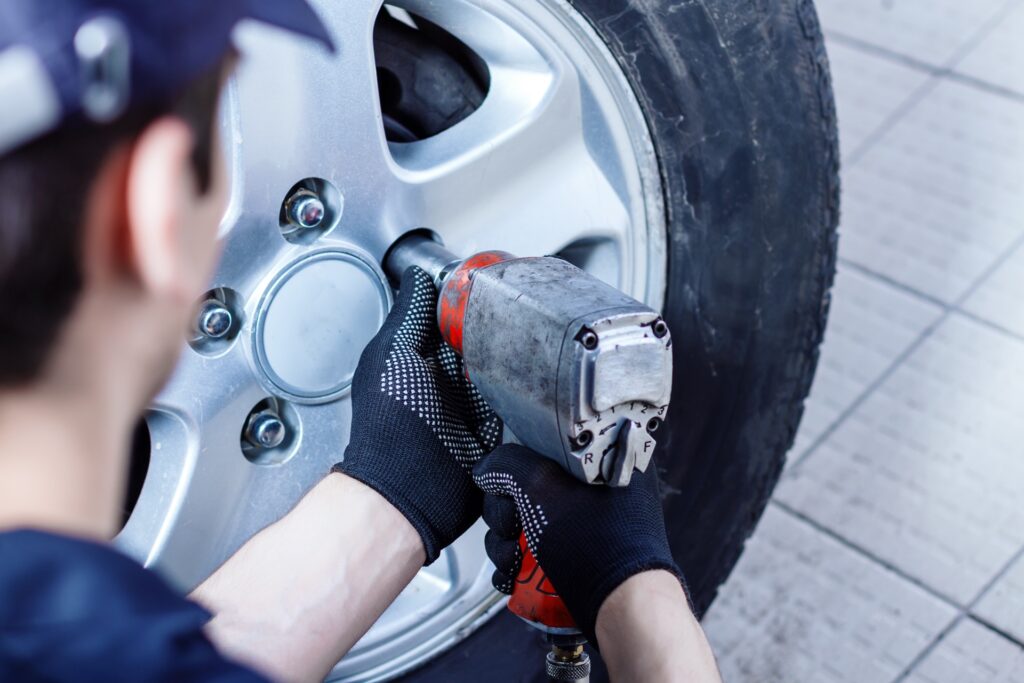 Count on spending a few hours by your car, corresponding to your skill levels when it comes to tire replacements.
Count on spending a few hours by your car, corresponding to your skill levels when it comes to tire replacements.
The more experience you have in something, the better you will become in dealing with it. Changing a flat tire is no different. So, how long does it take to get tires changed?
Tire professionals, who deal with putting tires on cars daily, have the experience necessary. Therefore, when a tire popped these services are able to replace it in between 5-15 minutes if they have access to the proper equipment.
However, once your tire deflated it might take you some time to get to the shop. Also, keep in mind that there will be other customers in the tire garage. These can lengthen the time you will be waiting for your car to be operational again, especially when you need to replace both the rear tires and the front tires.
There are different tools available to help with tire changes. Which one you use will shape the time and manner of how you go about changing the tires. It all depends on tire removal, as that is the first step in changing the tire and wheel.
Which one you use will shape the time and manner of how you go about changing the tires. It all depends on tire removal, as that is the first step in changing the tire and wheel.
A tire jack is the most straightforward way to go about replacing your tires. However, its big drawback is that without jack stands you will have to go tire by tire, lifting and lowering the vehicle after each tire change.
This can also prove to be dangerous as the vehicle can easily dislodge and fall. Putting on a new tire while only using a tire jack will take longer for this reason. On the other hand, you won't have to bother with correctly placing the jack stands under the vehicle, which will save a bit of time.
Combining the tire jack with jack stands quickens the tire-changing process. When you lift up the car with the jack, you will need to place the jack stands in order to keep the car lifted and in place. This will allow you to safely remove the flat tire.
This will allow you to safely remove the flat tire.
So, how long does it take to change a tire using this option? Well, this would be the 15 to 30-minute one. You will be change tires quicker as lifting the car and securing it allows you to work faster. Furthermore, if you have two jack stands you can change both front or rear tire pairs at the same time.
Most of us will not have a vehicle lift available at home for our cars, and that's okay. This is an expensive piece of equipment that is wasted if you would only use it to change tires. You will find vehicle lifts in car mechanic shops, where they are used to inspect and fix various car-related issues.
That said, this is the fastest way to change a tire set on a car. As the car is lifted off the ground, all four tires are easily accessible at the same time.
So, how would you go about changing tires on your vehicle? How long does it take to change a tire on your own? We have discussed this previously and our answer was 15 to 30 minutes. However, that is only if you know how to go about it.
However, that is only if you know how to go about it.
Let's take a look at the steps you will need to take to remove and replace a tire.
Find a safe, even spot where you can pull over, like a parking lot. Shift the car into park and set the parking brake (so your vehicle doesn't roll away - which can be dangerous). Be sure the ground you are standing on is level and solid, as anything else will cause you problems.
Now, you will need the spare tire, jack, and tire iron. Remove the hubcap from the wheels. What is a hubcap? Well, it is basically a wheel cover that is used to protect the rims during everyday driving.
Once this is done, use the tire iron (or lug wrench) to loosen the lug nuts, but don't remove them yet. After loosening the lug nuts find the reinforced jack points underneath the vehicle. They are usually before the rear or behind the front tire. The vehicle owner's manual will give you better information regarding this.
Place a brick, wheel wedge, or wood beneath the other tire, to further secure the vehicle.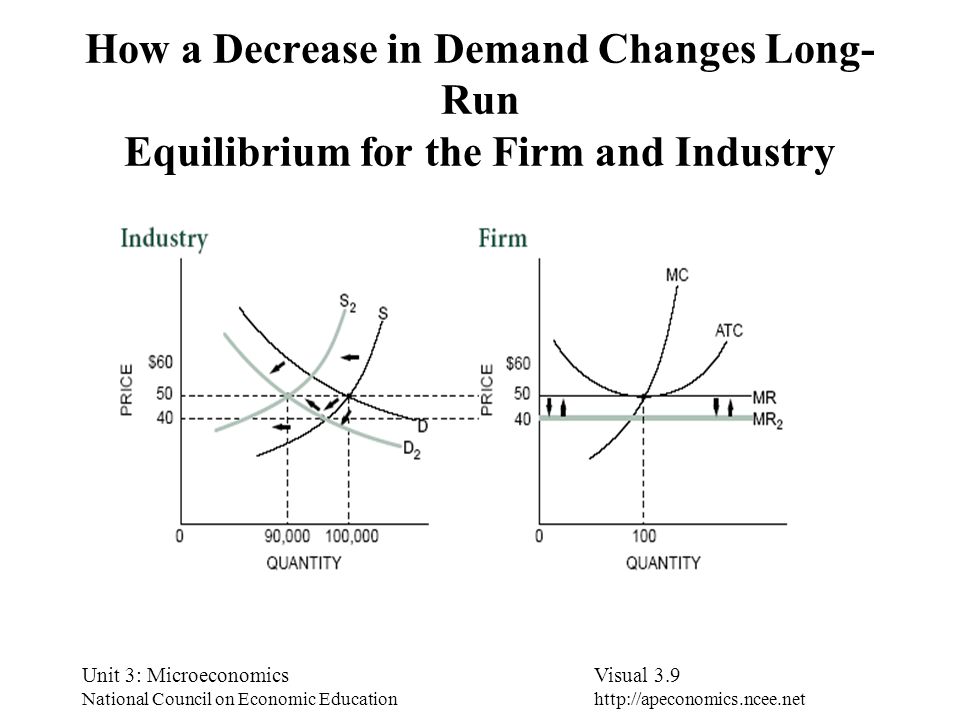 Now you can lift up the car by using the tire jack. Place the jack to the jacking point nearest to the flat and lift up the car. Place the jack stands in place and gently lower the vehicle onto them.
Now you can lift up the car by using the tire jack. Place the jack to the jacking point nearest to the flat and lift up the car. Place the jack stands in place and gently lower the vehicle onto them.
At this point, you can remove the loosened lug nuts, remove the tire and mount the spare onto the vehicle. The valve stem of the spare or new tires will need to face you. After this, screw and tighten the lug nuts. Lift the car a bit to remove the jack stand and then slowly lower it to the ground. Tighten the lug nuts once more until they feel snug.
If you know what you are doing, this process should not take longer than 30 minutes per tire.
As for going to a professional, once your vehicle is next in line, they will be able to use their tools to change one or more wheels. Yet, they will still need at least 45 minutes to replace the tires.
Needing new tires is never fun. Now, only do you need to change the tires mounted on your vehicle, but it can be a costly adventure. Therefore, it is important you do all you can to protect your current tires and wheels from damage.
Therefore, it is important you do all you can to protect your current tires and wheels from damage.
Luckily, regular tire maintenance will give you a hand in this. Checking air pressure regularly, inspecting the tread area for irregular wear and damage, and using your mechanic's services when you realize vehicle issues will go a long way.
In other words, they will minimize the possibility of you needing new tires. Completing these checks regularly will make sure your tires are running smoothly.
When you wish to change tires, it can be a lengthy process. This is because the procedure is a tedious one. In order to change four tires, the vehicle needs to be lifted up and lowered down at least twice.
That might not seem like a lot of work, but we are talking about heavy objects here. Safety has to come first. If a vehicle falls off the jacks, not only will it get damaged, but it can also easily injure someone. Therefore, even the quickest mechanic will need at least 10 minutes to change a tire.
Therefore, even the quickest mechanic will need at least 10 minutes to change a tire.
If you are changing all four tires, the installation will take between 45 minutes to an hour. This will vary based on the experience of your mechanic, the quality of the tires, how well the tires balance, etc. Installing a single tire takes about 10-15 minutes.
Yes, you can drive on a flat tire, but it is not recommended. Driving on a flat tire will damage both the rim and the car, and it can lead to more serious consequences and pricey repairs. Therefore, unless you are in danger, do not drive on a flat tire.
How Much is a Tire Change?
The cost of a change or tire replacement greatly depends on the vehicle you are driving. Usually, the price can range between $50 and $200 per tire. Apart from this, expect to pay for mounting, which ranges from $15 to $45.
This versatile all-terrain tire offers excellent traction and tread life along with a blatantly aggressive tread design and quiet ride. The Open Country A/T II is backed by a treadwear warranty of up to 65,000 miles and our 45-day, 500-mile Trial Offer.
Xtreme sizes feature a deeper tread depth and a more aggressive tread and shoulder design. See size specifications for a list of sizes, designated by “XT” under Construction.
View all Light Truck tires
500 Miles / 45 Days
Up to 65,000 miles
Where To Buy
This versatile all-terrain tire offers excellent traction and tread life along with a blatantly aggressive tread design and quiet ride. The Open Country A/T II is backed by a treadwear warranty of up to 65,000 miles and our 45-day, 500-mile Trial Offer.
The Open Country A/T II is backed by a treadwear warranty of up to 65,000 miles and our 45-day, 500-mile Trial Offer.
Xtreme sizes feature a deeper tread depth and a more aggressive tread and shoulder design. See size specifications for a list of sizes, designated by “XT” under Construction.
View all Light Truck tires
500 Miles / 45 Days
Up to 65,000 miles
Where To Buy

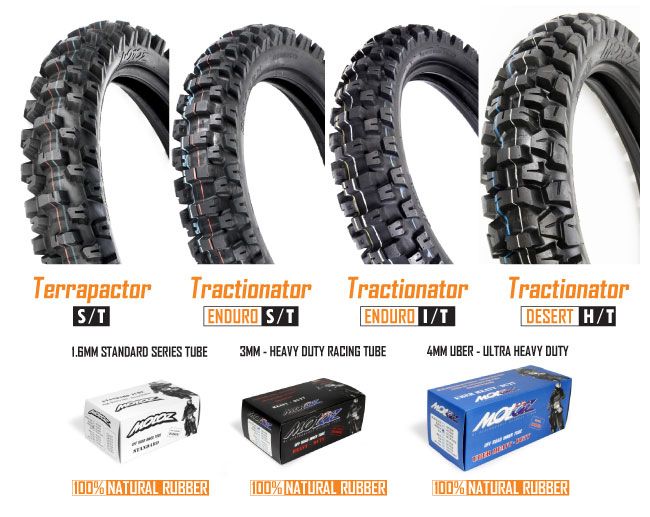
The Open Country A/T II is available with three distinct shoulder designs, depending on construction and size. Xtreme sizes also feature a deeper tread depth.
LT-Metric & Flotation Sizes
Scalloped shoulder
Xtreme Sizes
Deep-scalloped shoulder
Compare to similar tiresCompare to similar tires Compare to similar tiresOpen Country A/T IIIOpen Country C/TOpen Country R/TOpen Country M/TM-55
Tread Life
Winter Handling
Off-Road Traction
Dry Handling
Quiet Ride
Wet Handling
Ride Comfort
Fuel Efficiency
Open Country A/T II On-/Off-Road All-Terrain Tire
5. 0
0
4.5
4.0
4.0
4.0
3.5
3.5
3.0
Open Country A/T III On-/Off-Road All-Terrain Tire
5.0
5.0
4.0
4.0
4.0
4.5
3.5
3.0
Open Country C/T On-/Off-Road Commercial Grade Tire
5.0
5.0
4.0
4.0
4.0
3.5
3.0
3.0
Open Country R/T On-/Off-Road Rugged Terrain Tire
4.0
4.0
4.5
4.0
3.5
4.0
3.5
2.0
Open Country M/T OFF-ROAD MAXIMUM TRACTION TIRE
3.5
3.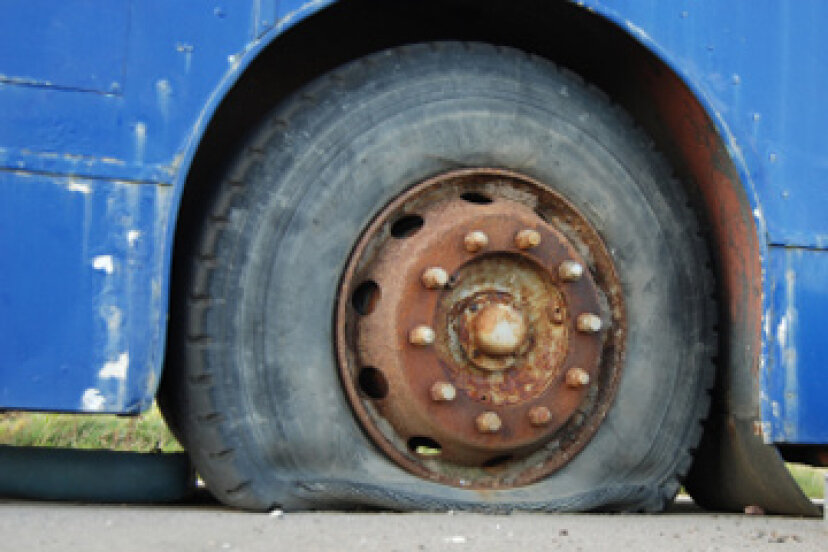 5
5
5.0
3.5
3.0
3.5
3.0
2.0
M-55 Off-Road Commercial Grade Tire
5.0
4.5
5.0
3.5
2.5
3.5
2.0
2.0
Performance Ratings are on a scale of 1 to 5 (best) in 0.5-point increments and can be compared within applicable Toyo product categories. Compare this tire to others suitable for your vehicle using our Tire Finder.
Print Sizes & Specs Print Entire Page
Speed Rating
Load ID
Construction
Sidewall
Approved Rim Width Range
Bold designates
measuring rim width.
{{dealer.distance}}mi {{dealer.Name}} Commercial Service Dealer
{{dealer.Street_Addr_One}}
{{dealer.Street_Addr_Two}} {{dealer.Street_Addr_Two}}
{{dealer.City}}, {{dealer.State}} {{dealer.Zip_One}}-{{dealer.Zip_Two}}
{{dealer.Telephone}}
DirectionsWebsite
They've been through mud, ice, rain and Texas snow...never a single issue.
SilverF150, Frisco, TX
The Open Country A/T II comes with the following treadwear warranty plus our limited warranty. See the warranty booklet for details.
Buy 'em, try 'em, love 'em. If you are not completely satisfied after 500-miles or 45-days, we'll take them back.
Learn more.
Some vehicle fitments for the Open Country A/T II include the following makes and models. To see if the Open Country A/T II is right for your vehicle use our tire finder.
All Toyo brand tires are subject to continuous development.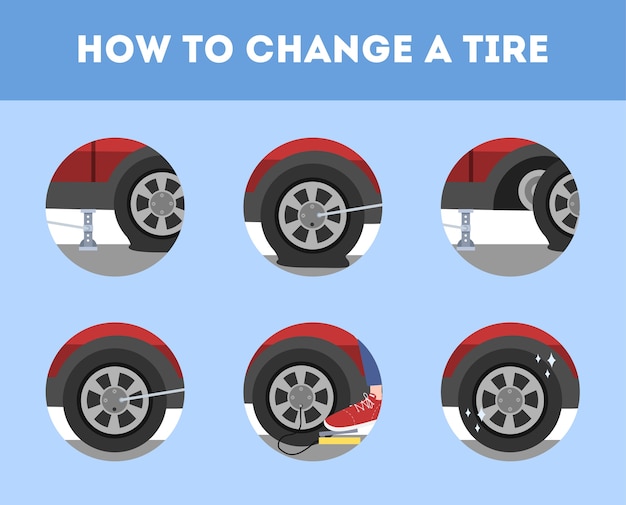 Toyo Tire U.S.A. Corp. reserves the right to change construction, materials or specifications without notice or obligation. Contact your Toyo Tires dealer or Toyo Tires for current information.
Toyo Tire U.S.A. Corp. reserves the right to change construction, materials or specifications without notice or obligation. Contact your Toyo Tires dealer or Toyo Tires for current information.
The procedure for servicing cars at tire change stations can take a different amount of time. The exact figure depends on the equipment present and the professionalism of the master. On average, changing the wheels of a car at a tire fitting stretches for 20-30 minutes, in the absence of a serious workload of personnel.
Contents
In some cases, the installation procedure can take an hour or more. The exact figure will depend on the type of work performed.
If you put new skates on the wheels, you need to count on at least an hour. The usual replacement of finished wheels is faster. A savvy master can change all discs in a few minutes.
The need for repairs also affects the efficiency of work. In some situations (vulcanization is required), the procedure may take a day.
Service stations and tire shops in Russia always try to work as quickly as possible. The salary of the master directly depends on the number of clients. Usually the procedure for changing a set of tires from summer to winter does not take more than one hour.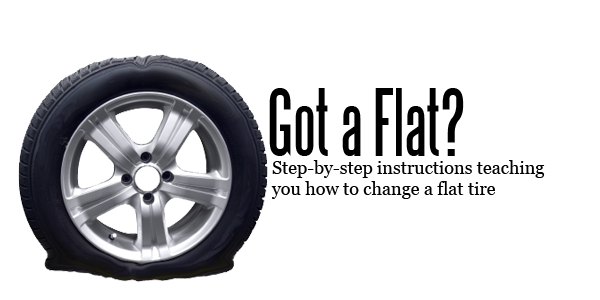
Waiting time can be increased by factors that do not affect the immediate speed of the specialist's work - this is the queue and customer requirements.
Installation of summer tires is more difficult for the master than winter tires. This is argued by the increased rigidity of the rubber. Dense sidewalls are difficult to put on discs, which requires great physical effort.
This difference will not be noticeable to the user. Experienced technicians know how to properly place a product on the machine for fast assembly.
To facilitate the process of changing tires and speed up service, you can foresee a few points in advance and not wait in a huge queue.
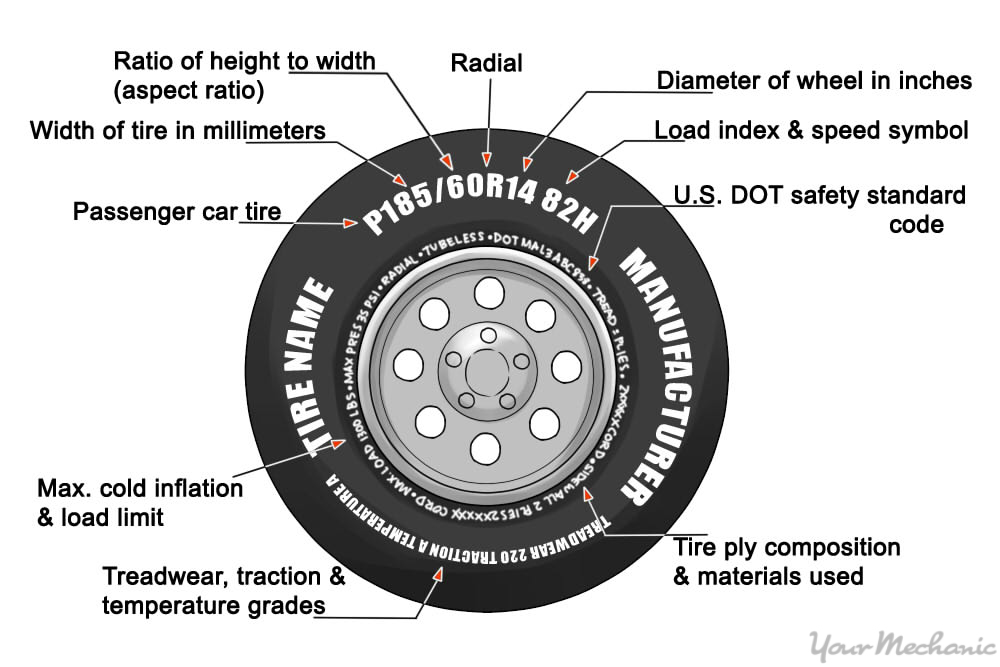 For complete confidence, you can give the mechanics an advance payment of 30-50% of the total cost of service.
For complete confidence, you can give the mechanics an advance payment of 30-50% of the total cost of service. Leave a review
Sooner or later all tires wear out or get damaged and need to be replaced.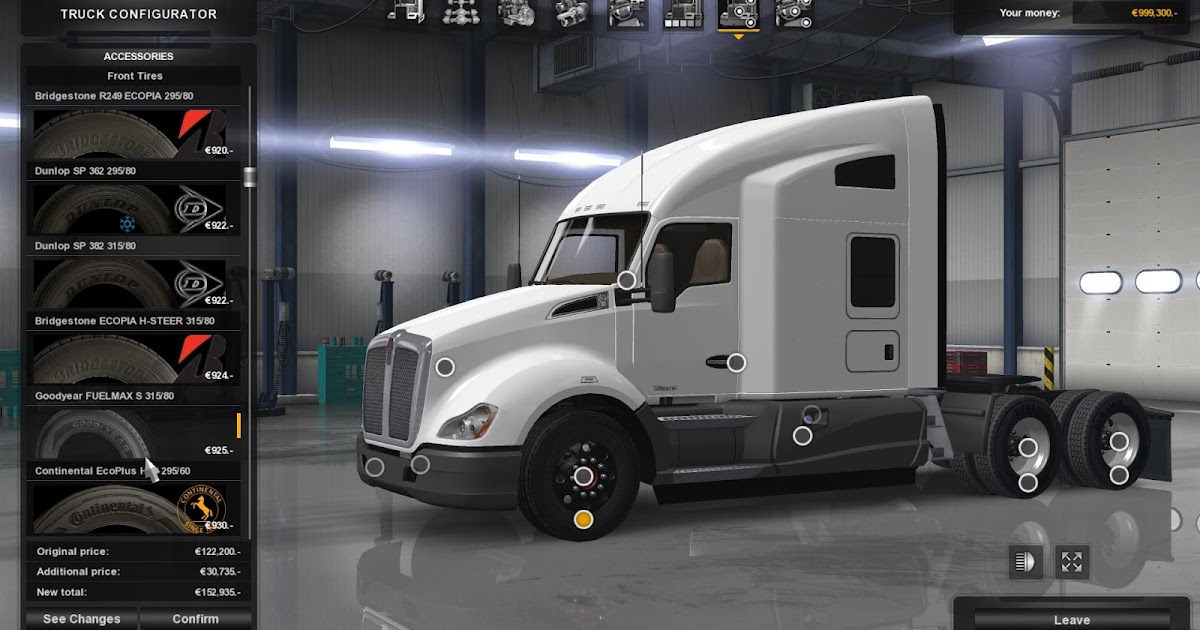
How quickly this happens depends on various factors, including how you drive, the natural environment where you live, and how well your tires are cared for.
Tires should be checked regularly (at least once a month). The following are signs that indicate the need for tire replacement.
 6 mm, the tire cannot be repaired.
6 mm, the tire cannot be repaired.
This is the best replacement. Excellent handling requires all four tires to be of the same type and size, unless otherwise recommended by the vehicle manufacturer.
When purchasing only two new replacement tires, make sure they are compatible with other tires in use, comply with current legislation and vehicle manufacturer's requirements.
Buying only two new tires, put them on the rear wheels for better grip and stability while driving.
If tires are to be used simultaneously, fit radial tires on the rear wheels.
Radial and non-radial tires on the same axle at the same time.
It is not recommended to use tires with different speed ratings on the same vehicle.